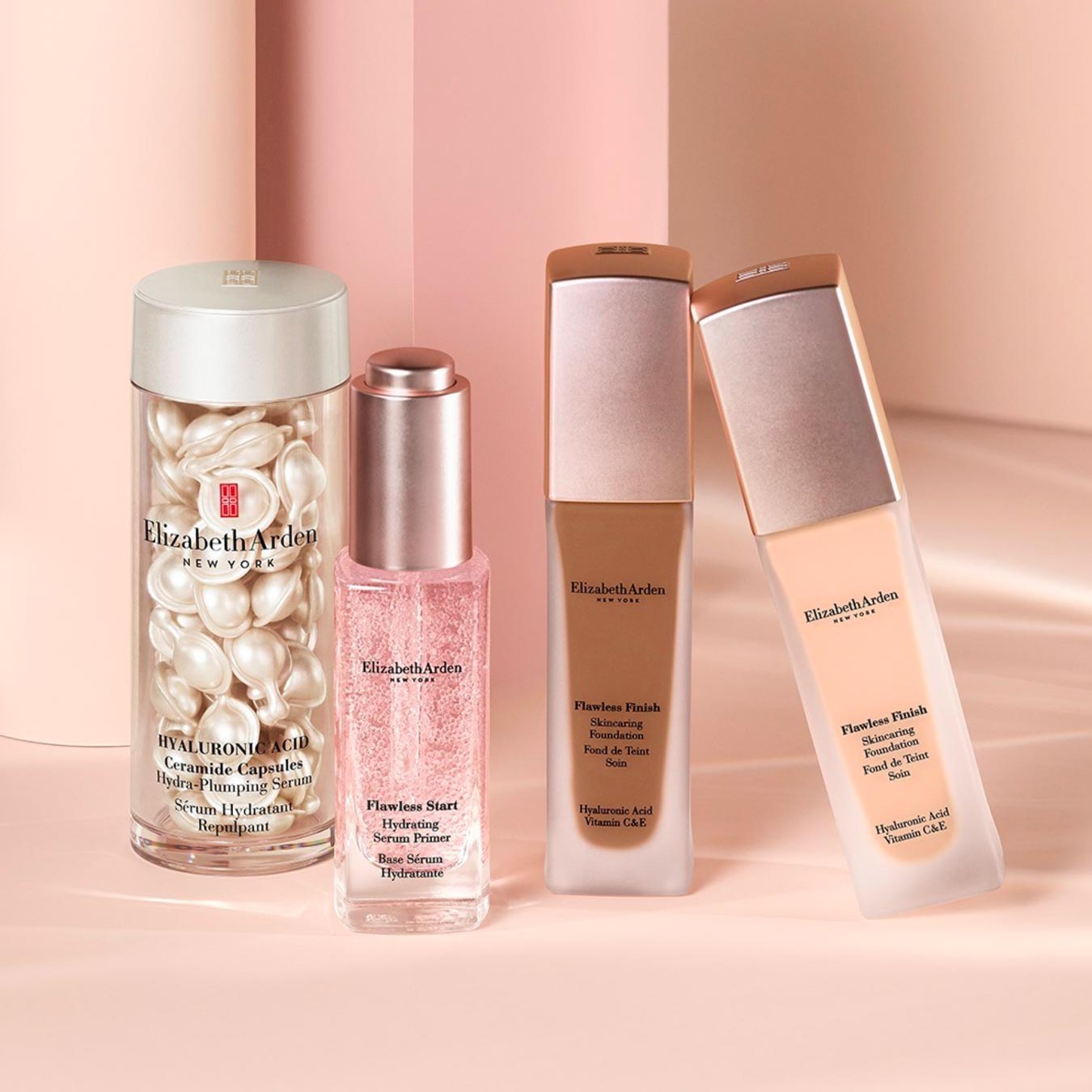In the contemporary beauty landscape, where consumer consciousness is shifting towards ethical considerations, the question of whether a brand is cruelty-free transcends mere marketing discussions. For many, the allure of luxury brands such as Elizabeth Arden is not limited to their aesthetic offerings alone; it extends to their ethical practices. This prompts an engrossing inquiry: is Elizabeth Arden an animal cruelty-free brand? Understanding this intricate issue requires delving into various facets of the company’s practices, philosophy, and the broader industry landscape.
At its core, animal testing remains a polarizing subject in the beauty industry. While the European Union has stringent regulations prohibiting cosmetics tested on animals, other regions exhibit a contrasting approach. In particular, the Chinese market requires animal testing for imported cosmetics, creating a complex scenario for brands striving for global presence yet wishing to maintain ethical integrity. Elizabeth Arden, historically an iconic player in the beauty realm, faces scrutiny over its testing policies, particularly in relation to the Chinese market.
One of the primary observations surrounding Elizabeth Arden concerns its commitment to cruelty-free practices. Critics have noted that the brand, while renowned for its innovative products, continues to engage in practices that are not aligned with the ideals of animal welfare. Despite having a reputable image, the brand’s decision to enter markets where animal testing is a requirement raises pertinent ethical questions. It exemplifies the broader dilemma faced by many cosmetic companies: the balance between commercial viability and moral responsibility.
Furthermore, the engagement of Elizabeth Arden in markets that necessitate animal testing is not merely a logistical consideration but reflects a deeper, systemic tension within the beauty industry. This tension can be characterized as the intersection of capitalism and ethics. The desire for profitability often clashes with the moral imperatives that increasingly define consumer expectations. A considerable segment of the market now demands transparency, sustainability, and cruelty-free assurances, challenging brands to rethink their operational paradigms.
The concept of cruelty-free is multifaceted, encompassing not only the avoidance of direct animal testing but also the consideration of the entire supply chain. Brands that claim cruelty-free status must demonstrate comprehensive practices that encompass ingredient sourcing, manufacturing processes, and post-consumer waste considerations. This holistic perspective necessitates an evaluation of Elizabeth Arden’s entire operational framework. Does the brand ensure that everything from ingredient procurement to product development aligns with cruelty-free philosophies?
In assessing Elizabeth Arden’s position, it is essential to highlight the juxtaposition of consumer demand against corporate policies. The growing awareness and advocacy surrounding animal rights has birthed a more discerning consumer base. Individuals increasingly gravitate towards brands that align with their ethical values, often accentuating cruelty-free certifications as a paramount factor in their decision-making. Elizabeth Arden’s dalliance with markets demanding animal testing may inadvertently alienate a demographic yearning for ethical beauty standards. This conundrum presents an opportunity for the brand to reflect on its commitment to animal welfare and potentially reshape its strategies to meet market demands more holistically.
In exploring Elizabeth Arden’s lineage and ethos, it becomes clear that the crucial question extends beyond simple compliance with testing regulations. The brand’s overarching narrative should ideally resonate with a commitment to enhancing beauty without compromising ethical values. Recent trends indicate that a growing number of consumers are willing to invest in brands that demonstrate a commitment to sustainable and cruelty-free practices, prompting the industry to evolve. This encapsulates a broader societal shift that probes deeper issues around animal rights, environmental sustainability, and ethical consumerism.
Moreover, advancements in technology and formulation techniques offer viable alternatives to animal testing. The emergence of innovative methods such as in vitro testing and computer modeling provide robust platforms for ensuring product safety without resorting to unethical practices. As the industry navigates this delicate landscape, it becomes imperative for established brands like Elizabeth Arden to embrace these technological advancements and redefine their testing methodologies. This shift not only aligns with ethical imperatives but also fosters a progressive image, potentially appealing to a more conscientious consumer base.
As we endeavor to situate Elizabeth Arden within the broader context of ethical beauty, it is crucial to consider its transparency regarding animal testing and corporate policies. The vague statements surrounding cruelty-free claims create a milieu of ambiguity, inviting skepticism among consumers. Brands that take proactive stances, providing unequivocal clarity about their practices, are more likely to engender trust and loyalty in modern consumers. Enhancing transparency should not merely be seen as an obligation but as a strategic advantage in an era defined by values-driven purchasing.
In summation, Elizabeth Arden’s status as an animal cruelty-free brand is marred by complexities and contradictions. It serves as a microcosm of the larger beauty industry grappling with the intersection of ethics and commerce. While the brand enjoys a storied legacy, the momentum towards ethical considerations invites scrutiny and demands a nuanced response. For Elizabeth Arden, the challenge lies in embracing this ethical shift, leveraging transparency, and integrating cruelty-free practices into its operational ethos. As consumers continue to champion animal rights and ethical beauty standards, the onus falls on established brands to rise to the occasion, transforming fascination into actionable change.






